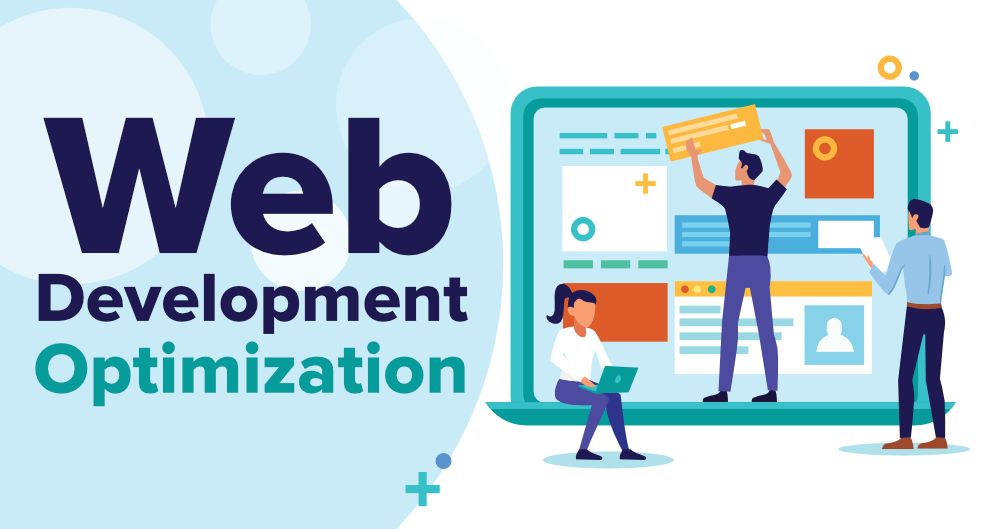Tube Rank: Your Guide to Video Success
Discover tips and insights for optimizing your video presence.
From Tortoise to Hare: Transforming Your Website's Speed
Unlock your website's full potential! Discover how to race from sluggish to lightning-fast speed with our ultimate transformation guide.
5 Essential Tips to Boost Your Website's Loading Speed
In today's digital landscape, website loading speed is a critical factor that directly impacts user experience and search engine rankings. To optimize your site, start by minimizing HTTP requests. Each element on your page, from images to scripts, requires a request to load. You can reduce these requests by consolidating files, using CSS sprites for images, and eliminating unnecessary plugins. Additionally, consider leveraging browser caching to store frequently accessed data, allowing users to access your site faster on subsequent visits.
Another effective strategy is to optimize images. Large image files can significantly slow down your loading speed. Use tools to compress images without compromising quality and choose the correct formats, such as JPEG for photographs and PNG for images with transparency. Moreover, implementing a Content Delivery Network (CDN) can distribute your content across multiple servers, ensuring faster load times for users regardless of their geographic location. By following these essential tips, you will not only enhance your website loading speed but also improve overall user satisfaction and retention.

The Impact of Website Speed on User Experience: Why It Matters
Website speed plays a crucial role in enhancing user experience, as users expect web pages to load quickly and efficiently. In fact, studies suggest that a delay of just one second in loading time can lead to a significant drop in user satisfaction and engagement. When a website takes too long to load, visitors are more likely to abandon it and seek alternatives that offer faster access to content. Therefore, optimizing website speed is not just a matter of convenience; it is essential for retaining users and keeping bounce rates low.
Moreover, website speed directly impacts search engine rankings, making it an important factor for businesses aiming to improve their online visibility. Search engines like Google prioritize fast-loading sites in their algorithms, meaning that a slow website could hinder your chances of appearing on the first page of search results. By investing in speed optimization, you not only enhance user experience but also boost your site's SEO efforts, resulting in increased traffic and potentially higher conversion rates. In today's digital landscape, it is vital to recognize that speed is no longer optional but a necessary component of a successful online presence.
Is Your Website a Tortoise? Here’s How to Transform It into a Speedy Hare
In the digital landscape, the speed of your website can significantly impact user experience and SEO rankings. If your website feels more like a tortoise trudging along, it’s time to take action. Slow loading times can lead to high bounce rates, affecting your audience's engagement and your search engine visibility. Consider optimizing images, reducing server response times, and leveraging browser caching. Each of these strategies can contribute to a smoother, faster website that will propel you ahead of your competition.
Transforming your site into a speedy hare requires adopting best practices for performance enhancement. Start by implementing a content delivery network (CDN) which distributes your content globally, providing faster access to users regardless of their location. Additionally, minifying CSS and JavaScript files can reduce load times significantly, allowing your site to load quicker. Regularly monitoring your website’s speed with tools like Google PageSpeed Insights can help you identify areas for improvement, ensuring that your website's performance continuously evolves.